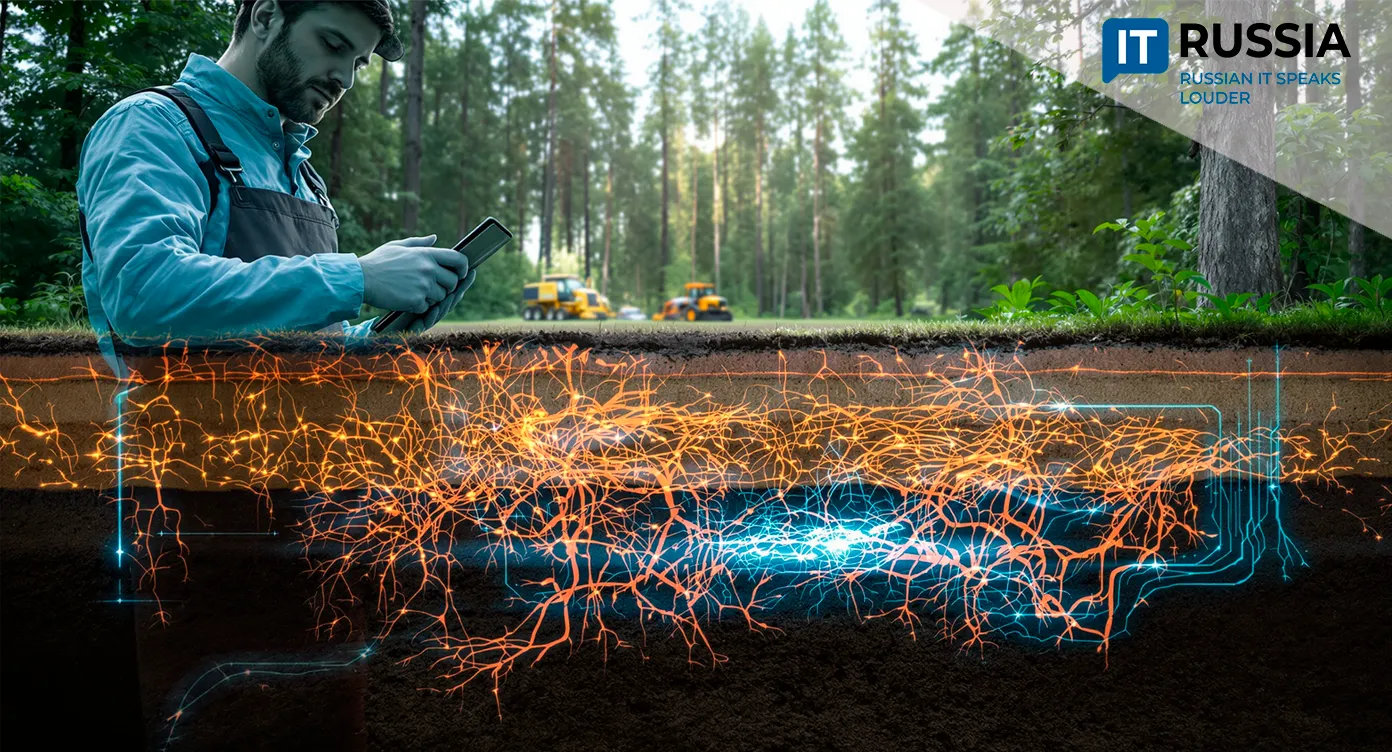Digital Forest Shield: Drones and AI Help Kirov Region Win the Battle Against Wildfires
Each year, wildfires pose a growing threat to many Russian regions. But in 2025, Kirov Region emerged as a success story, showing how drones, data, and artificial intelligence can save both forests and lives.
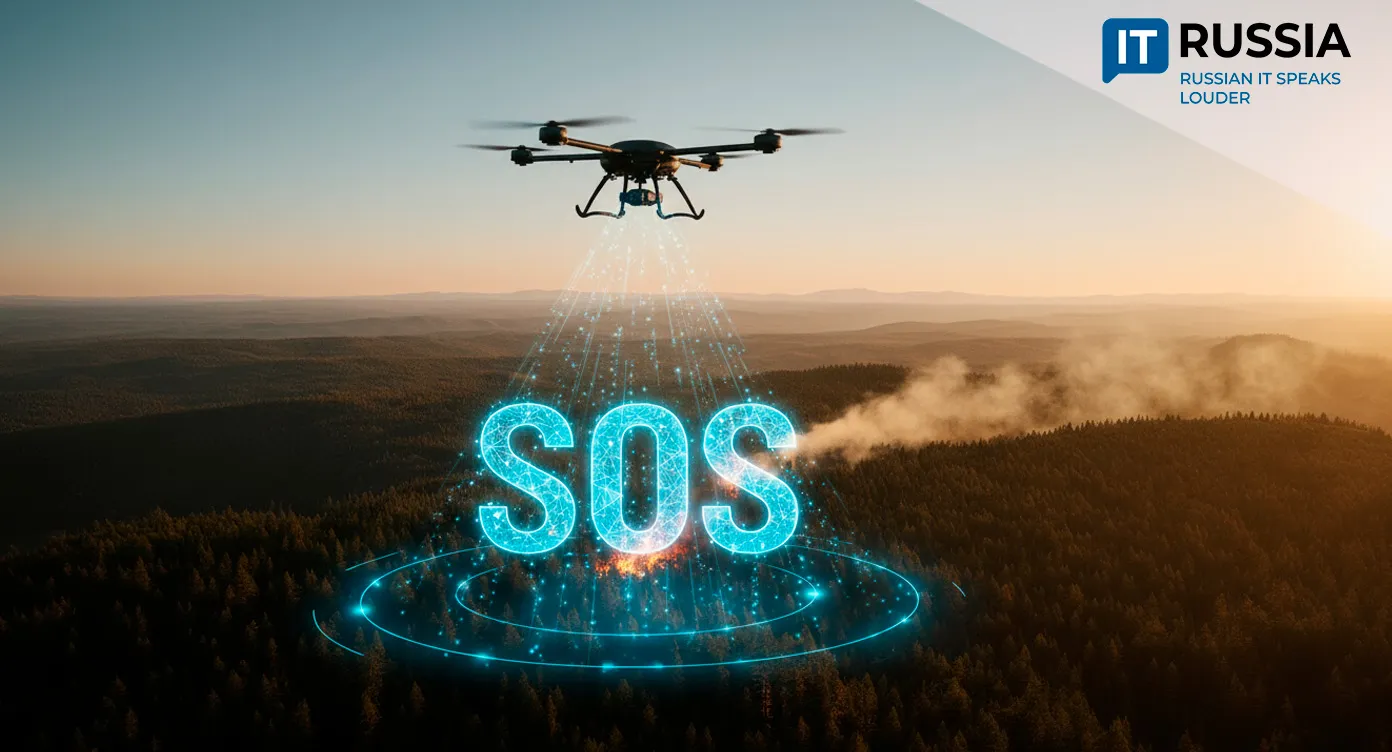
From Flames to Forecasts
The Kirov Region achieved impressive results during the latest fire season, successfully containing over 80 percent of all wildfires within the first 24 hours. The total area affected was 3.7 times smaller than the average across the Volga Federal District. Behind this achievement lies a sophisticated system integrating unmanned aerial vehicles (UAVs) and artificial intelligence algorithms that analyze aerial imagery in real time.
AI models now identify even the faintest traces of smoke or heat—sometimes invisible to the human eye. By detecting fires at their earliest stage, firefighters can respond faster and with fewer resources, significantly reducing environmental and economic losses.
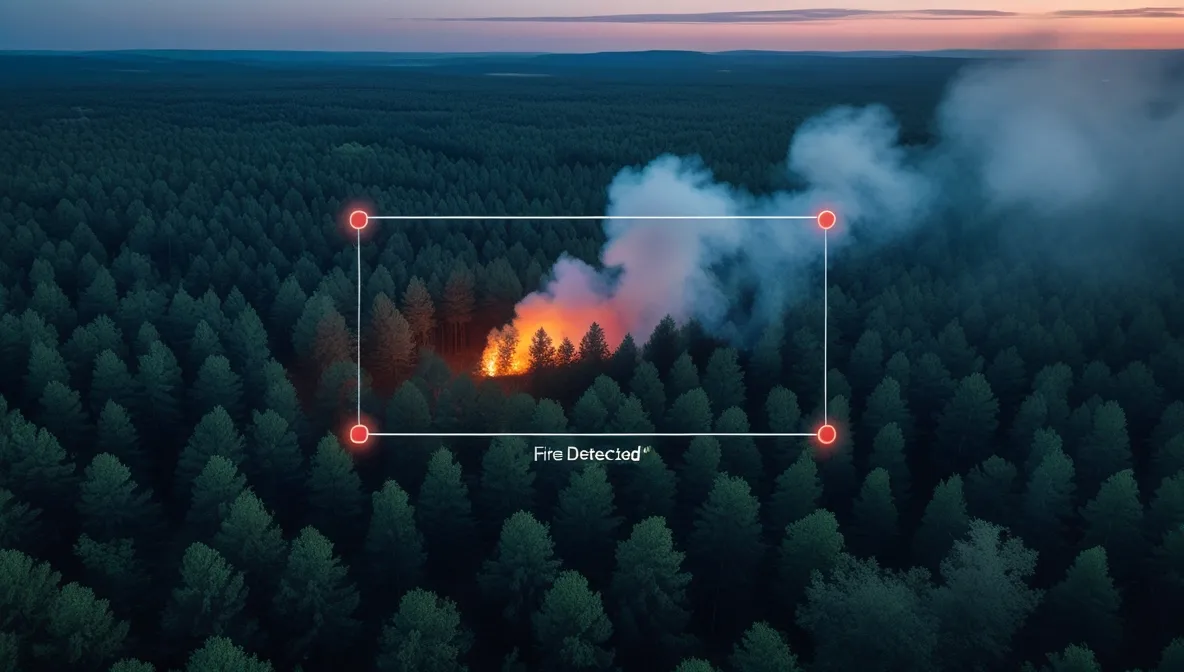
Engineering a Smarter Response
Kirov’s breakthrough is part of a broader technological evolution happening across Russia. A few years ago, students from the Irkutsk National Research Technical University developed a drone equipped with an AI algorithm capable of distinguishing natural wildfires from campfires.
Meanwhile, researchers at Tomsk State University introduced a UAV that not only detects but also extinguishes fires by calculating flight trajectories and determining the optimal height and coolant volume needed for each hot spot.
Engineers from the Moscow Aviation Institute have also developed an autonomous drone network for 24/7 emergency monitoring at oil depots, pipelines, and industrial facilities.
In St. Petersburg, software developers created an AI-powered system that processes drone footage to automatically locate and report fire coordinates. And specialists at Innopolis University successfully tested a detection system capable of identifying fires over 30 kilometers away, even under challenging weather conditions.
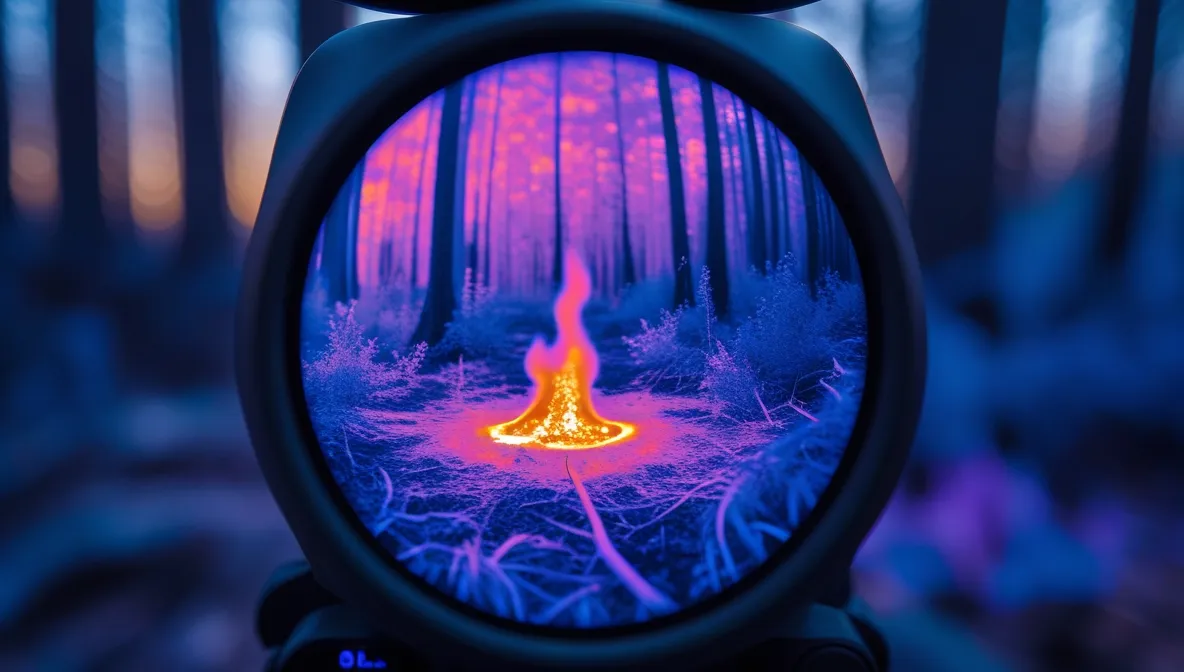
Russia’s New Phase in Forest Protection
Between 2024 and 2027, Russia plans to invest around 2.4 billion rubles in UAV systems for the Ministry of Emergency Situations. The Kirov example highlights how the fusion of drone technology and AI can revolutionize forest fire management nationwide.
The next step, experts say, is prediction. By analyzing weather data, forest density, and historical fire records, AI algorithms will soon be able to forecast potential fire zones and recommend preventive measures before disaster strikes.
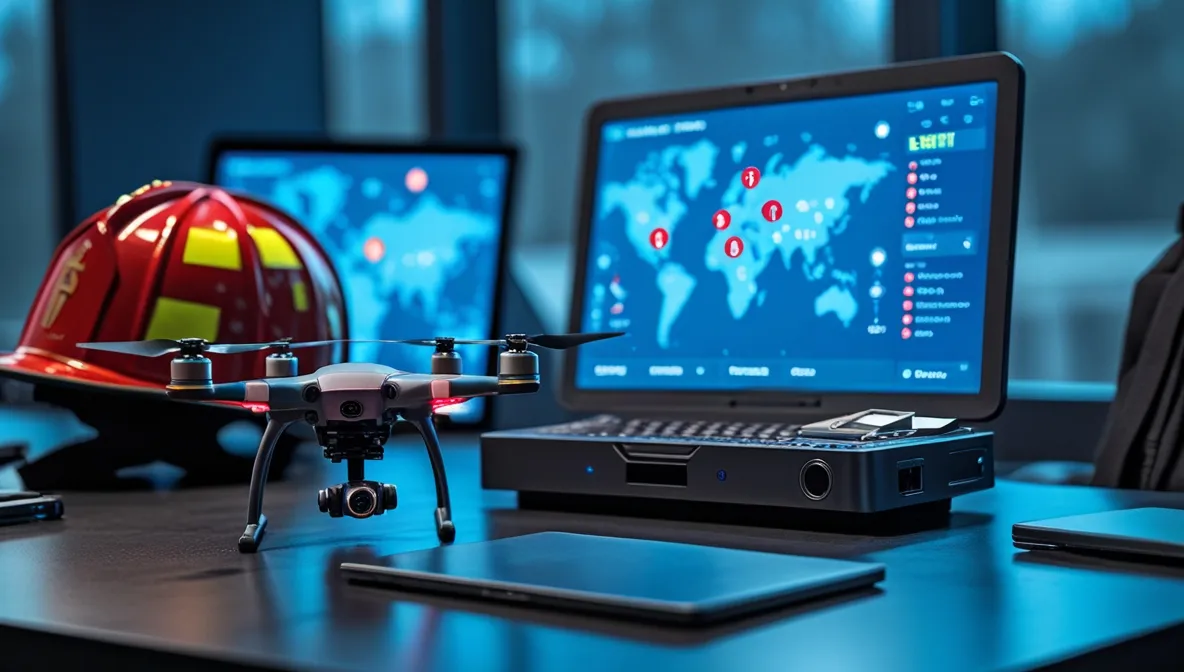
Russia’s technological advances in this field not only safeguard its vast ecosystems but also position the country as a potential exporter of environmental technologies. As nations worldwide struggle to protect their "green lungs", Russia’s approach could offer scalable, cost-effective solutions for fire prevention and environmental monitoring.


















